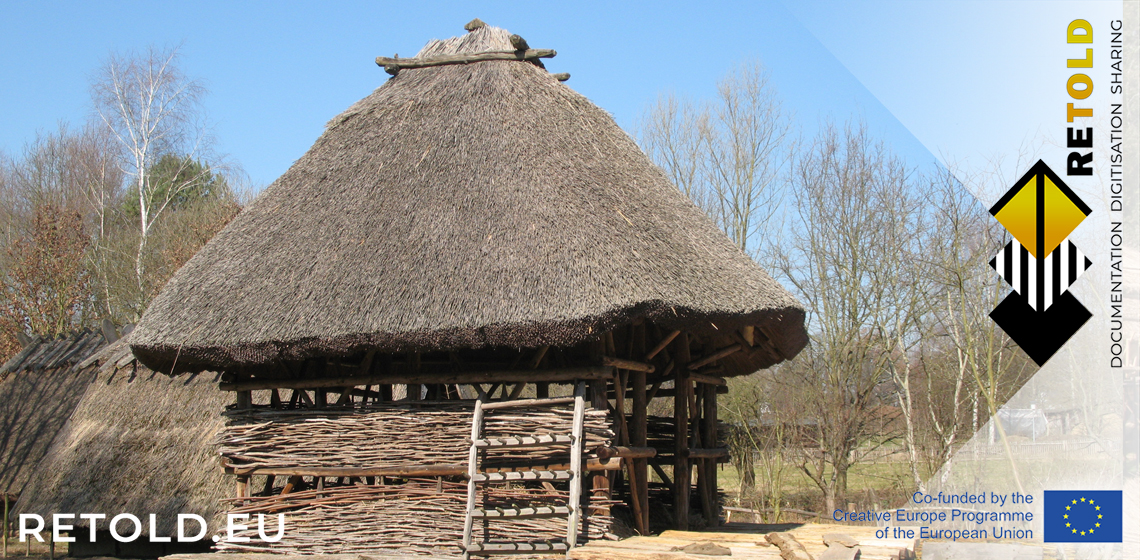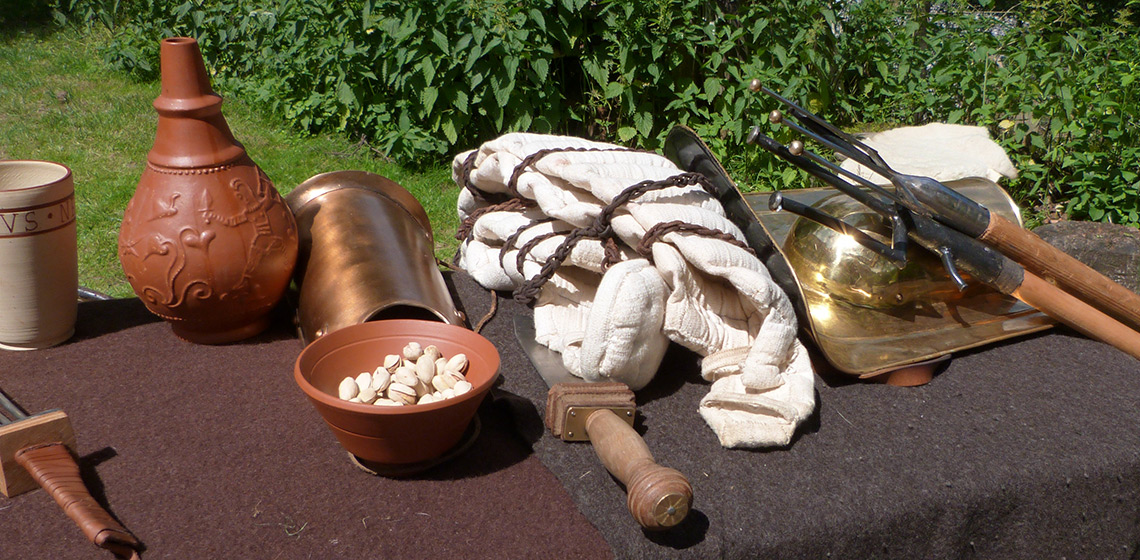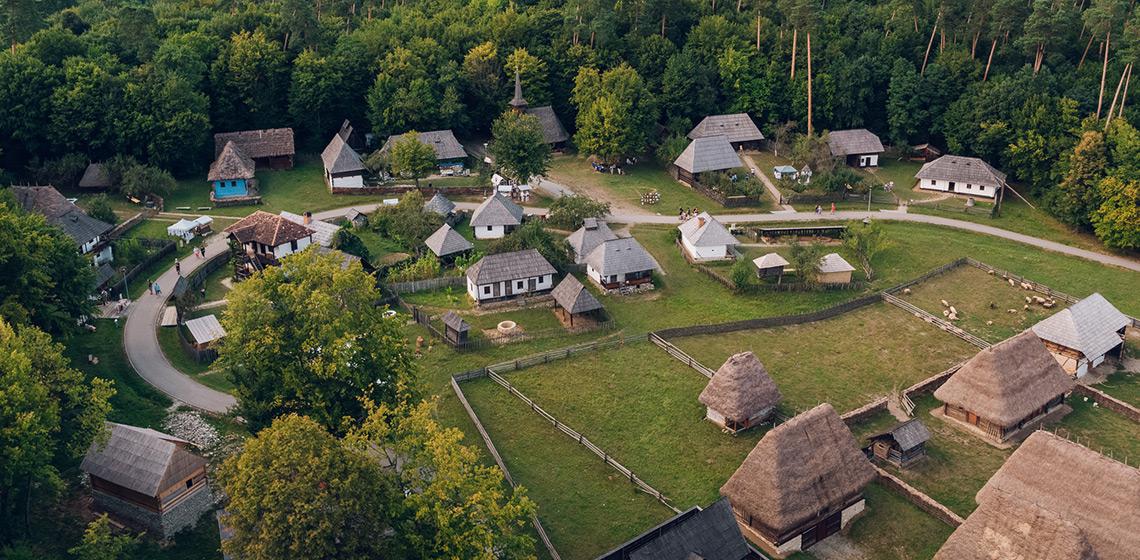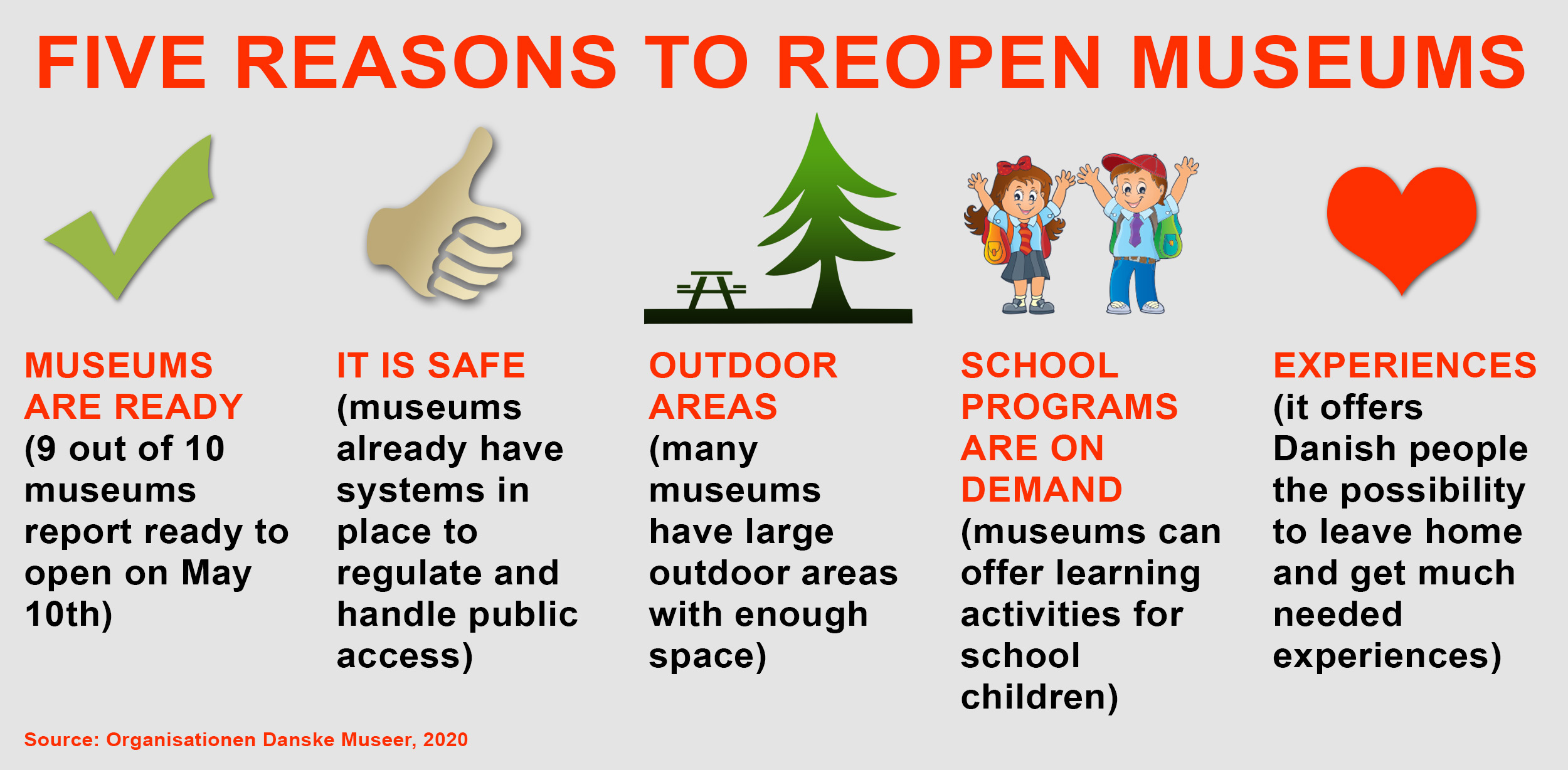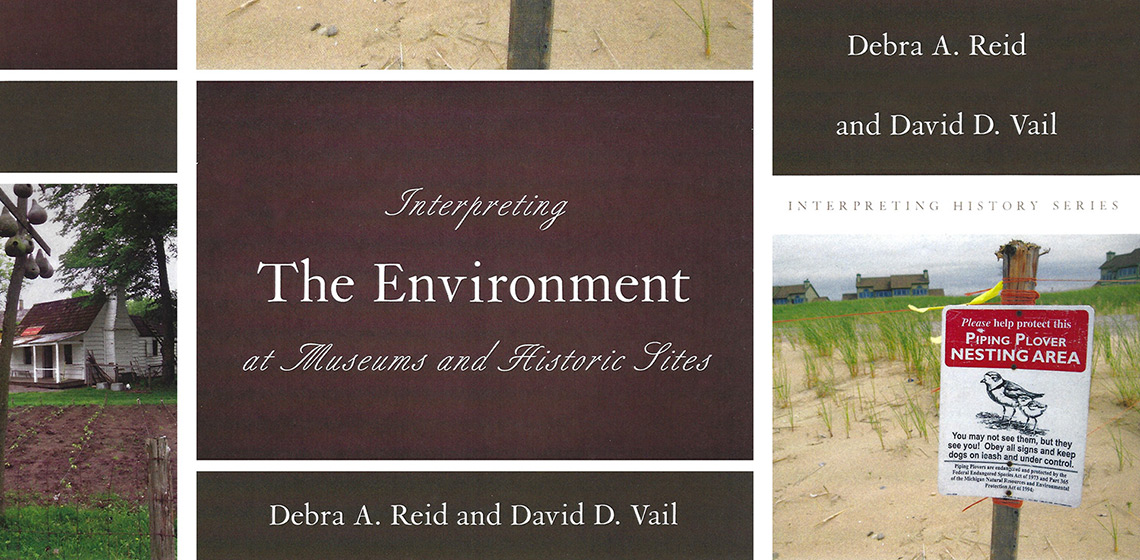open-air museum
RETOLD: Documenting House (Re)constructions – An Excerpt of European Approaches
Approaches to the Documentation of Houses in Open-Air Museums
Discussion: The Concept of Authenticity in Collections of Open-Air Museums
How is it possible that if you go into an arts museum, the ceramics you see may be made yesterday and may be a valued and legitimate part of the museum collection, while in open-air museums, a similar object may be produced by a master craftsperson yesterday, yet is not called authentic? Are we blinded by historical-archaeological authenticity?...
Complexul National Muzeal ASTRA (RO)
The ASTRA Open-Air Museum situated in the natural reservation of Dumbrava Sibiului, 4 kilometers away from the Sibiu city centre, spreads across 96 ha, of which more than 40 ha are covered by the permanent exhibition. It was opened in 1963 when the assumed mission was to present the traditional technical patrimony in rural Romania, mills for grinding, oil, grapes and fruit presses, sawmills and watermills, and some peasant industries.
After the 90's, the museum goes through an obvious transformation, the aspect of traditional culture being more present through the houses rebuilt in the museum, but also with emphasis on the immaterial patrimony. ASTRA Open-Air Museum currently holds over 400 monuments of folk architecture and technique, as well as an impressive collection of ethnographic heritage objects. Conceived as a living museum, it hosts many traditional events such as: traditional fairs, workshops, folk festivals and performances.
Building Engagement
Open-air museums are always looking for ways to engage the public. What is the best way to offer visitors a glimpse into the past? How can open-air museums be used to address issues of interpretation and social responsibility in the modern world?
The Story of your Site: Archaeological Site Museums and Archaeological Open-Air Museums
Experience instead of Event: Changes in Open-Air Museums Post-Coronavirus
Book Review: Interpreting the Environment at Museums and Historic Sites by Reid and Vali
Interpreting the Environment at Museums and Historic Sites is a textbook and a call to action. In the midst of the Anthropocene, Debra A. Reid and David D. Vail argue, museums and conservation areas should attend to their environmental assets, tell environmental stories, and take an activist role in encouraging better stewardship.

